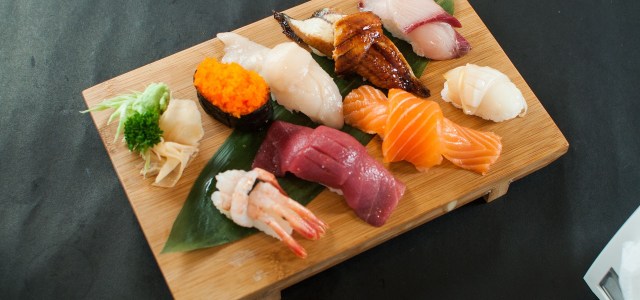
Sushi nowadays is just as common as any other food in the United States, but that was not the case just a few decades ago. While sushi has been a staple in Japanese culture for thousands of years, it was not until the year 1966 that sushi first found its way onto American soil. The very first sushi bar in the United States was opened inside of a Japanese restaurant named Kawafuku. Kawafuku was located inside of a two-story building, with the first floor being the main restaurant which served more traditional Japanese cuisine and the second floor becoming the home of a sushi bar that was run by Shigeo Saito. Saito’s wife was his only waitress, and together they introduced a new clientele to the flavors of traditional Japanese sushi.

Sashimi and Nigiri were the two main types of sushi that were served at Kawafuku, with each one being accompanied by a small portion of wasabi and authentic soy sauce. It was not until the 1970s when the California roll was introduced. The Maki roll was introduced not long afterwards, with avocado being a substitute for tuna whenever the tuna fish was out of season, which was more common at the time. The 1980s saw the continuation and evolution of sushi in the United States, namely putting the seaweed wrapping on the inside as opposed to being on the outside. This change added an extra area of taste and serve as a metaphorical launching pad for sushi to really take off from. Shortly after this, it was when things such as cream cheese, mayo, and even fruit in the case of dessert rolls. From its introduction in the 1960s to its immense popularity today, sushi has certainly had a positive and ever influential impact on the United States.